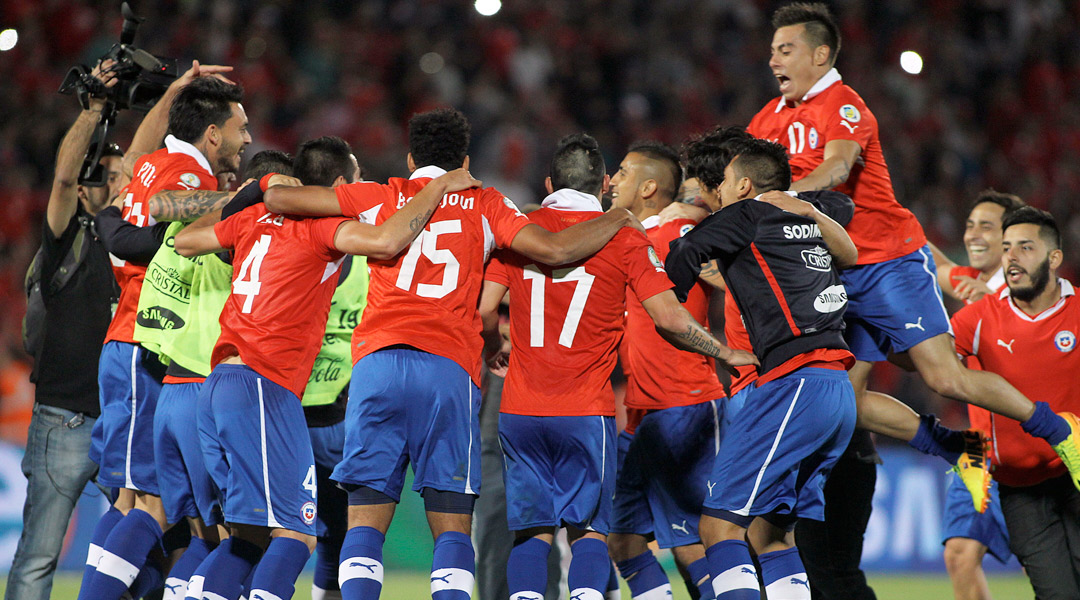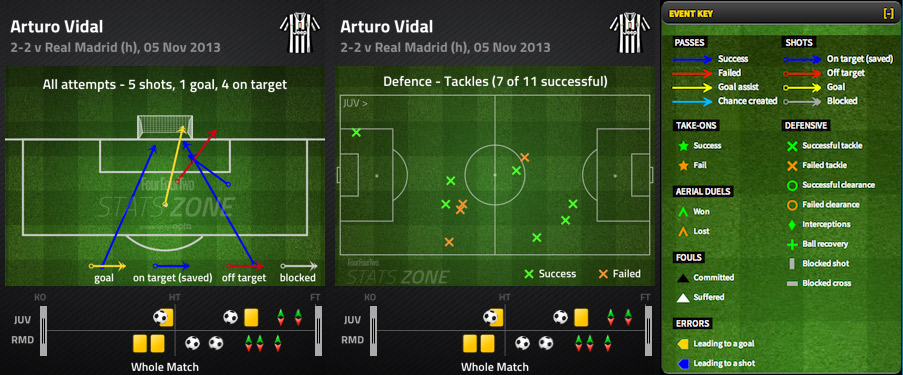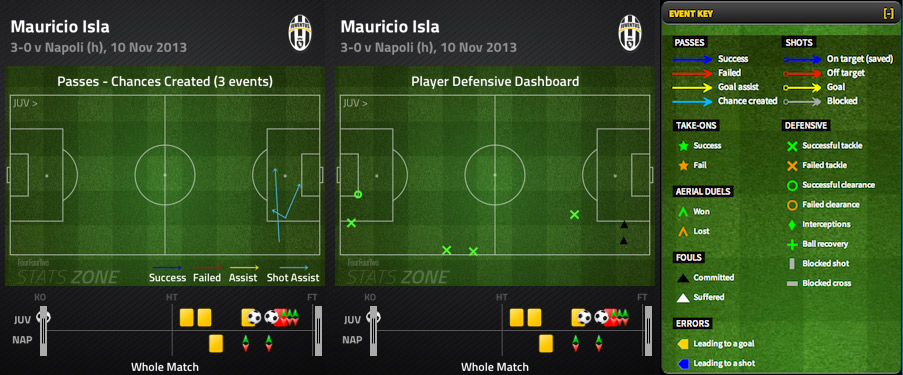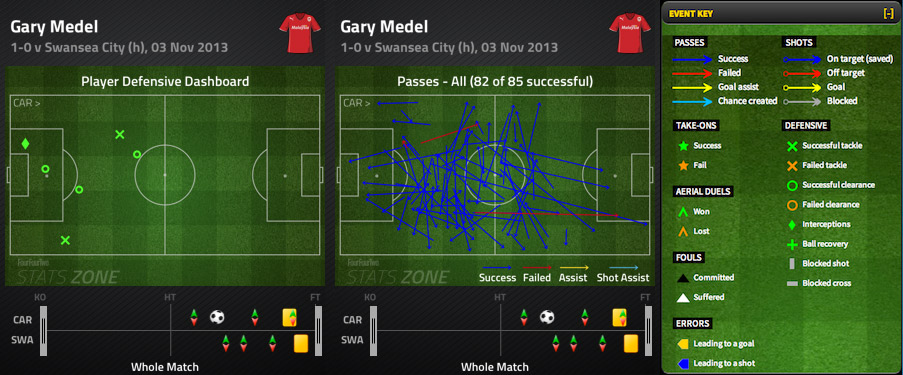Why all-action Chile could be too hot for England to handle
Michael Cox on the high-octane South Americans heading to Wembley on Friday night...

Chile were billed as the most exciting side ahead of World Cup 2010 – and despite two changes of manager sice, they’re contenders for that status ahead of next summer’s tournament too.
Marcelo Bielsa’s reign as national team manager was fascinating in itself, and produced some of the most open games at the last World Cup, but even more intriguing was his influence on Chilean football as a whole. Chile were generally considered something of an obscure South American nation with no particular identity, but their football suddenly started to mean something – heavy pressing, direct passing and constant attacking.
The most obvious example was at Universidad de Chile, who became one of the continent’s most feared club sides and won the Copa Sudamericana in 2011. That’s not a competition that receives much interest outside South America, but even European journalists started to take note – The Times featured a full-page article about this wonderful young attack-minded side Jorge Sampaoli had created. When Claudio Borghi stood down as Chile coach last year after a run of disappointing results, Sampaoli was an obvious choice as his replacement.
One can read too much into Bielsa’s influence upon modern football, but in this case Sampaoli is entirely open about his respect for one of his predecessors. “My relationship with Bielsa is almost mythical,” he says. “Through his excellence he justifies an attacking style that I have always identified with, and I subscribe to his philosophy and ideas.” This is particularly remarkable given that Sampaoli never worked directly under El Loco.
On the pitch, Chile have returned to a Bielsa style of play, and have continued to vary their formations from game to game. Both a three-man and a four-man defence have been used, while the front trio is so fluid that it’s sometimes expressed as a ‘…1-2’ and sometimes as a simple ‘…3’.
It’s not entirely dissimilar to the way Barcelona played under Pep Guardiola, with the two main forwards attacking from wide positions – usually Alexis Sanchez and Eduardo Vargas – and a proper No.10 in the middle, often the ludicrously talented Jorge Valdivia but sometimes Arturo Vidal.
Vidal is certainly Chile’s most talented player, and is arguably the best all-rounder in world football today. The 26-year-old is amazingly energetic, technically brilliant, tenacious in the tackle and seemingly capable of playing anywhere from defence to upfront. His tackling statistics for Juventus are quite remarkable, and he’s perhaps the key part of Chile’s pressing game.
Get FourFourTwo Newsletter
The best features, fun and footballing quizzes, straight to your inbox every week.

Assuming Chile play a back four, Vidal’s midfield partners are usually Charles Aranguiz and Marcelo Diaz, current and former Universidad de Chile players respectively. Again, their main quality is their tenacity, and it’s not difficult to imagine that England will be consistently troubled by their heavy midfield pressure.
Sampaoli generally uses Vidal’s Juventus team-mate Mauricio Isla and yet another ex-Universidad man, Eugenio Mena, regardless of the system. If it’s a back four, they play as full-backs, but if there’s a three-man defence they push high up the pitch to become wing-backs. Isla has struggled since his move to Juve last summer having impressed for Udinese, but Chile’s high-energy, frantic game is perfect for his style of play.

At the back, Sampaoli has continued with Bielsa’s policy of using midfielders at the back – Cardiff’s Gary Medel is a holding midfielder by trade but for Chile he now plays as a tough-tackling centre-back. Although frequently in trouble with referees in La Liga, he’s found the Premier League more to his liking, and was exceptional in the derby victory over Swansea.

His partner Marcos Gonzalez is a more traditional defender, a veteran at 33 and one of the few players who didn’t feature heavily under Bielsa. Gonzalo Jara, now of Nottingham Forest, is generally the third centre-back, should the system require it. Captain Claudio Bravo remains first-choice goalkeeper and should pass Leonel Sanchez’s 46-year cap record in Brazil next summer.
Without the ball, Chile will use a high defensive line and attempt to push England away from goal, which might surprise their hosts. The high pressing means lots of tackles, which can result in cheap bookings, while Chile’s defenders are often forced into risky last-man tackles when the midfield pressure is beaten. This is perhaps the main weakness of the system, but might not be punished fully by the referee in a friendly.
In possession, Chile attack immediately through their hard-working midfield players, their attack-minded full-backs and their quick forwards. Arguably the defining feature of Roy Hodgson’s strategy is his insistence on getting midfielders back behind the ball to protect his back four, but that will be extremely tricky against such a direct side.
England must be prepared for one of their most draining friendly tests in recent years.
